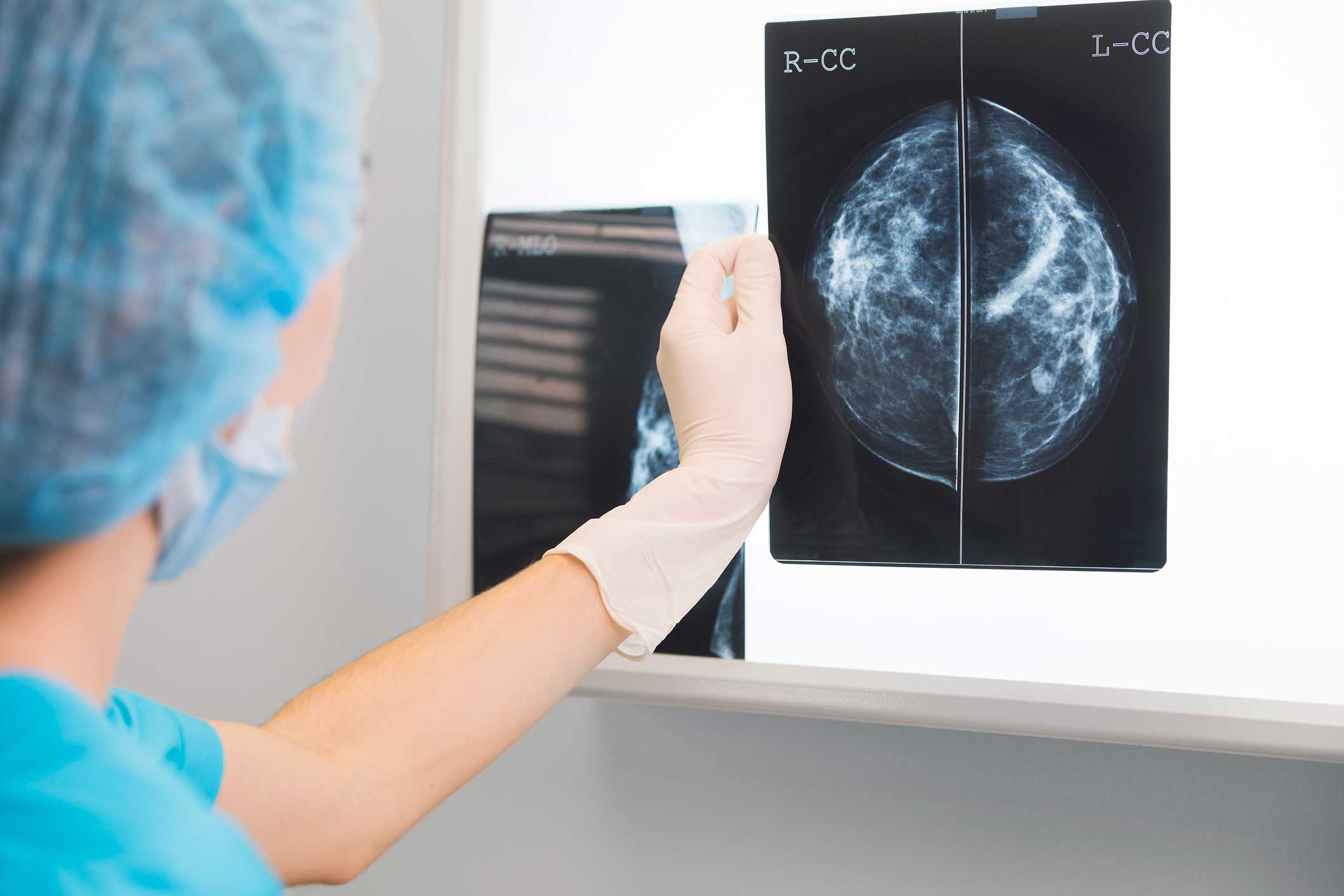<< Back
Study: Dense Breasts a Breast Cancer Risk Factor

July 09, 2018
Genetics isn’t the only thing that can increase a woman’s risk of getting breast cancer – the density of her breasts also play a role, according to the results of a study recently published in the trade journal Radiology.
Norwegian researchers studied more than 100,000 women and more than 300,000 screening exams, concluding that women with dense breasts were more likely to:
- Be called back after a mammogram because of a suspicious finding.
- Require a biopsy.
- Have breast cancer.
- Have a larger tumor.
Dr. Camelia A. Lawrence, director of breast surgery at the Hospital of Central Connecticut Cancer Institute and its Maximilian E. & Marion O. Hoffman Breast Health Center, says women with dense breasts don’t require more frequent screenings but may need more detailed tests such as breast ultrasound to adequately check for breast cancer.
“Cancer can still be seen on mammography in some women with dense breasts, however, the exam and its ability to detect cancer is limited by the density of the woman’s breasts,” she says. “Many radiologists will request additional imaging in women with dense breasts to increase the sensitivity of the evaluation.”
Breast density, which can only be determined by mammogram, compares proportions of the three main elements of the breast – milk-producing glandular tissue and ducts; stroma or the internal scaffolding of the breast that holds everything in place; and fat tissue which serves as a filler to keep the breast soft and pliable.
Patients with more glandular tissue and stroma have what are considered “dense” breasts, while breasts with mostly fat tissue are deemed “not dense.” Breast size does not dictate density but Dr. Lawrence says younger women are more apt to have dense breasts. Breast density typically decreases as women age.
Knowing if you have dense breasts is key because it can help you and your provider decide what screening tools to use. Dense breasts, she says, make spotting breast cancers on mammograms, the common screening tool for the disease, more challenging.
“Dense breast tissue shows up as white on mammography and so do many breast cancers. Thus, it is easier for a cancer to be missed in women with dense breasts as it can blend in with the dense breast tissue,” she says. “In contrast, fat tissue shows up as black on mammography making a white breast cancer mass more readily apparent.”
If you have dense breasts, consider a breast ultrasound to further assess the breast tissue, Dr. Lawrence says. For women with a greater than 20 percent risk of breast cancer, the American Cancer Society also recommends breast MRI as a screening tool.
For more information about breast cancer screening, click here.